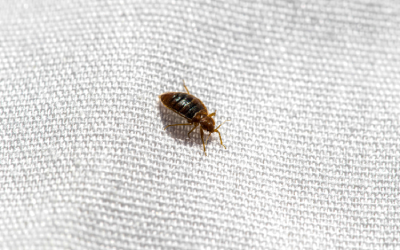 Bed bugs are one of the most feared pest problems for several reasons. One of the biggest reasons is that they are capable of spreading quickly throughout your home—even worse, they often do so silently. Compared to some pests, bed bugs move and reproduce at a relatively slow rate. However, it is because they move so silently that their spread can go unnoticed for some time. Before you know it, you could have a full-force infestation on your hands. For this reason, it’s crucial to learn how to stop a bed bug infestation in its tracks. Learn how with the bed bug control experts here at Loyal Termite & Pest Control!
Bed bugs are one of the most feared pest problems for several reasons. One of the biggest reasons is that they are capable of spreading quickly throughout your home—even worse, they often do so silently. Compared to some pests, bed bugs move and reproduce at a relatively slow rate. However, it is because they move so silently that their spread can go unnoticed for some time. Before you know it, you could have a full-force infestation on your hands. For this reason, it’s crucial to learn how to stop a bed bug infestation in its tracks. Learn how with the bed bug control experts here at Loyal Termite & Pest Control!
Can People Spread Bed Bugs?
Because bed bugs bite people, it’s easy to assume people can spread bed bugs. However, this is not the case. Unlike fleas and ticks, bed bugs do not latch onto people. Instead, they will retreat after feeding. Bed bugs most commonly are spread when infested items are moved from one area to another. Typically, this happens when infested furniture or items are moved from one room to another. The spread of bed bugs can also be traced back to travelers and college kids bringing home infested suitcases.
Tips to Keep Bed Bugs From Spreading
To prevent bed bugs from spreading throughout your home, it’s important to learn how to inspect for bed bug activity. In addition, some of the best ways to prevent bed bugs are to:
- Be wary of purchasing second-hand furniture unless you’ve inspected it thoroughly for bed bugs.
- Place protective covers over the mattresses and box springs in your home.
- When traveling, use hard shell suitcases and thoroughly inspect your hotel room for bed bugs. Always store luggage up off the ground.
- When arriving home from traveling, steam clean your suitcase and wash all clothing before storing everything away.
- If you utilize shared laundry facilities or a laundromat, seal your clothes in a plastic bag to and from the facility, and always fold your clothes at home.
The Spread of Bed Bugs in Virginia
If you’ve done all you can to stop bed bugs from getting in your home and are still noticing the signs of their activity, it’s time to call the bed bug control experts at Loyal Termite & Pest Control. Our team of experts will get rid of your infestation and keep you safe from bed bugs for good. Contact us today to get started!

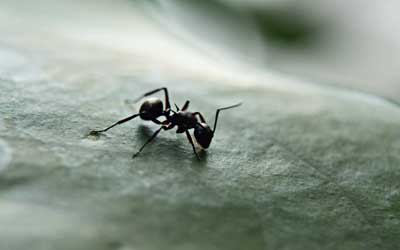 Many of us are familiar with the experience of finding an
Many of us are familiar with the experience of finding an 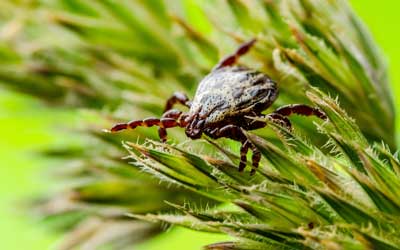 Staying aware of
Staying aware of 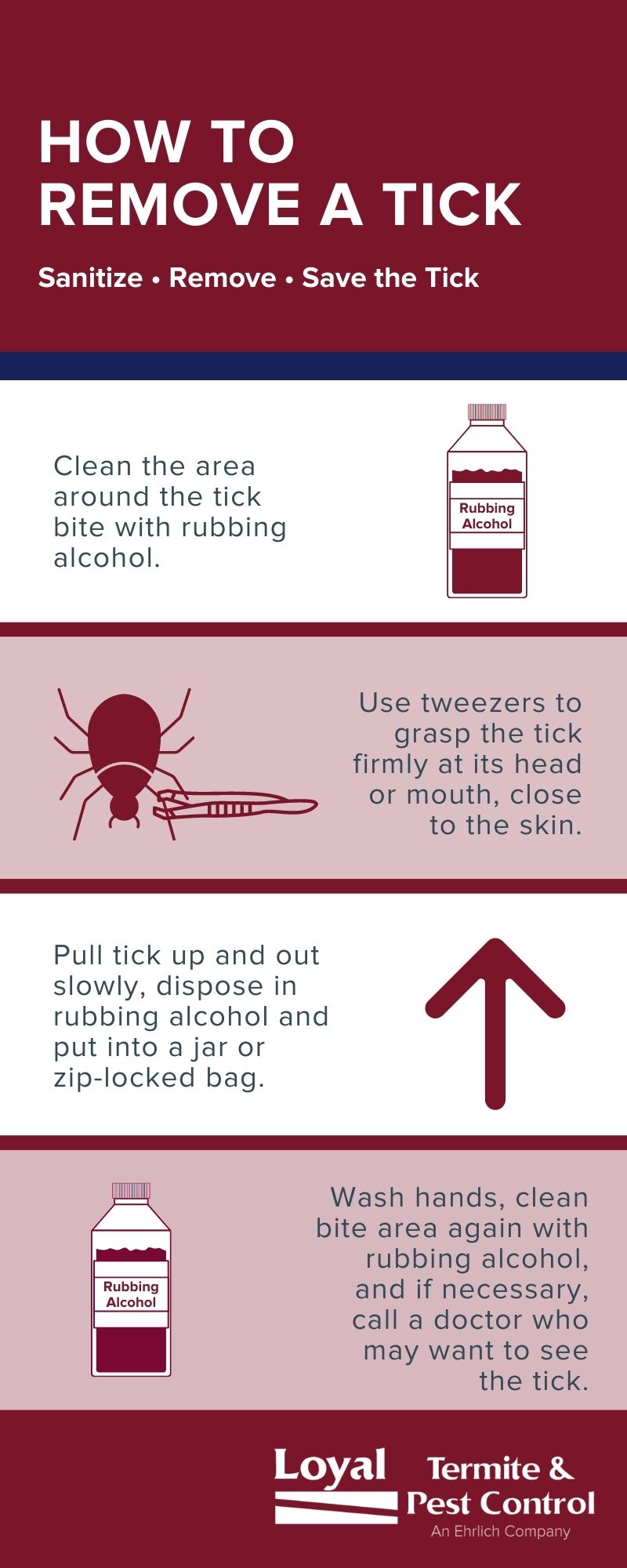
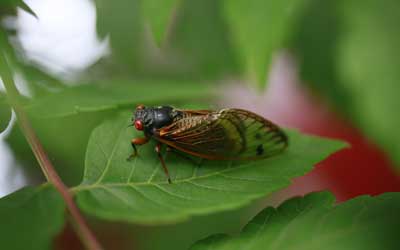 One of the world’s most fascinating events is upon us. This May, the Brood X cicadas, which is one of the world’s largest swarms, will emerge after being underground for 17 whole years. Whether this event fascinates or terrifies you, we are right in the center of it here in Virginia! In fact, experts say Virginia and Maryland are particularly likely to be the hot spots for the cicada emergence out of 14 states total.
One of the world’s most fascinating events is upon us. This May, the Brood X cicadas, which is one of the world’s largest swarms, will emerge after being underground for 17 whole years. Whether this event fascinates or terrifies you, we are right in the center of it here in Virginia! In fact, experts say Virginia and Maryland are particularly likely to be the hot spots for the cicada emergence out of 14 states total.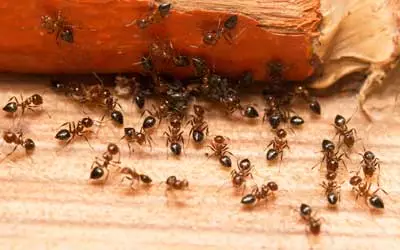
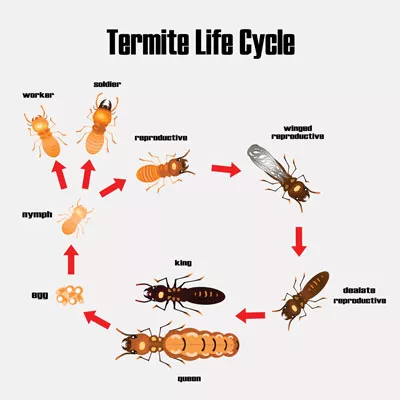
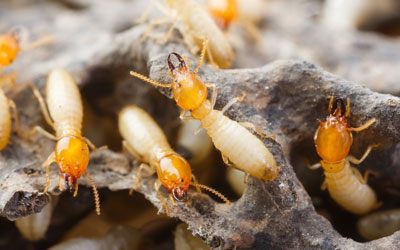 Termites are one of the most dreaded pests for all homeowners. Unfortunately, they are a risk for all types of homes here in Virginia. Many people believe that termites are only a risk for wooden structures, but their destruction doesn’t end there. With Termite Awareness Week upon us, the experts at Loyal Termite & Pest Control are here to share all you need to know about what makes a home at risk for termites in our region.
Termites are one of the most dreaded pests for all homeowners. Unfortunately, they are a risk for all types of homes here in Virginia. Many people believe that termites are only a risk for wooden structures, but their destruction doesn’t end there. With Termite Awareness Week upon us, the experts at Loyal Termite & Pest Control are here to share all you need to know about what makes a home at risk for termites in our region.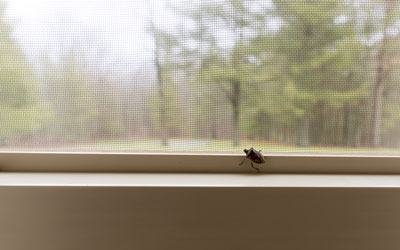 Occasional invaders are a group of pests that you will start to see in abundance in the spring as our Central Virginia weather becomes warm and more humid. With the warm weather trends, insects are compelled to procreate and their populations grow in size because of it. Oftentimes, these pests will make their way into your home for a number of reasons. “Occasional invaders” include many types of insects you’re already familiar with:
Occasional invaders are a group of pests that you will start to see in abundance in the spring as our Central Virginia weather becomes warm and more humid. With the warm weather trends, insects are compelled to procreate and their populations grow in size because of it. Oftentimes, these pests will make their way into your home for a number of reasons. “Occasional invaders” include many types of insects you’re already familiar with: 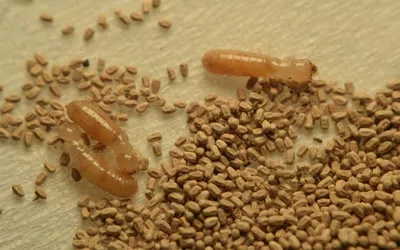 Homeowners rarely see termites. However, termites can leave behind evidence of their activity. Knowing these signs of termites can help stop an infestation from wrecking your property. Although termites are active year-round, the spring and summer months are when we see an increase in their activity. To better prepare yourself to prevent termites, it’s important to learn how to recognize them early on. The pros at Loyal Termite & Pest Control are here to share their expert knowledge on the most telling signs of termites in or near your home.
Homeowners rarely see termites. However, termites can leave behind evidence of their activity. Knowing these signs of termites can help stop an infestation from wrecking your property. Although termites are active year-round, the spring and summer months are when we see an increase in their activity. To better prepare yourself to prevent termites, it’s important to learn how to recognize them early on. The pros at Loyal Termite & Pest Control are here to share their expert knowledge on the most telling signs of termites in or near your home.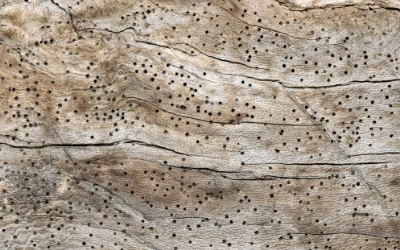 Wood-destroying insects, termites included, are infamous for their ability to tunnel through wood. Their activity often results in tiny, round holes found in wood. So how do you know whether you’re dealing with beetle activity, or something worse? Termite exit holes, also known as kick-out holes, have several unique characteristics that set them apart from holes created by other insects. They are created when drywood termites swarm, often in the spring or summer. While it can be difficult without the expert eye of a termite exterminator, there are several things to know about finding and identifying termite exit holes.
Wood-destroying insects, termites included, are infamous for their ability to tunnel through wood. Their activity often results in tiny, round holes found in wood. So how do you know whether you’re dealing with beetle activity, or something worse? Termite exit holes, also known as kick-out holes, have several unique characteristics that set them apart from holes created by other insects. They are created when drywood termites swarm, often in the spring or summer. While it can be difficult without the expert eye of a termite exterminator, there are several things to know about finding and identifying termite exit holes.